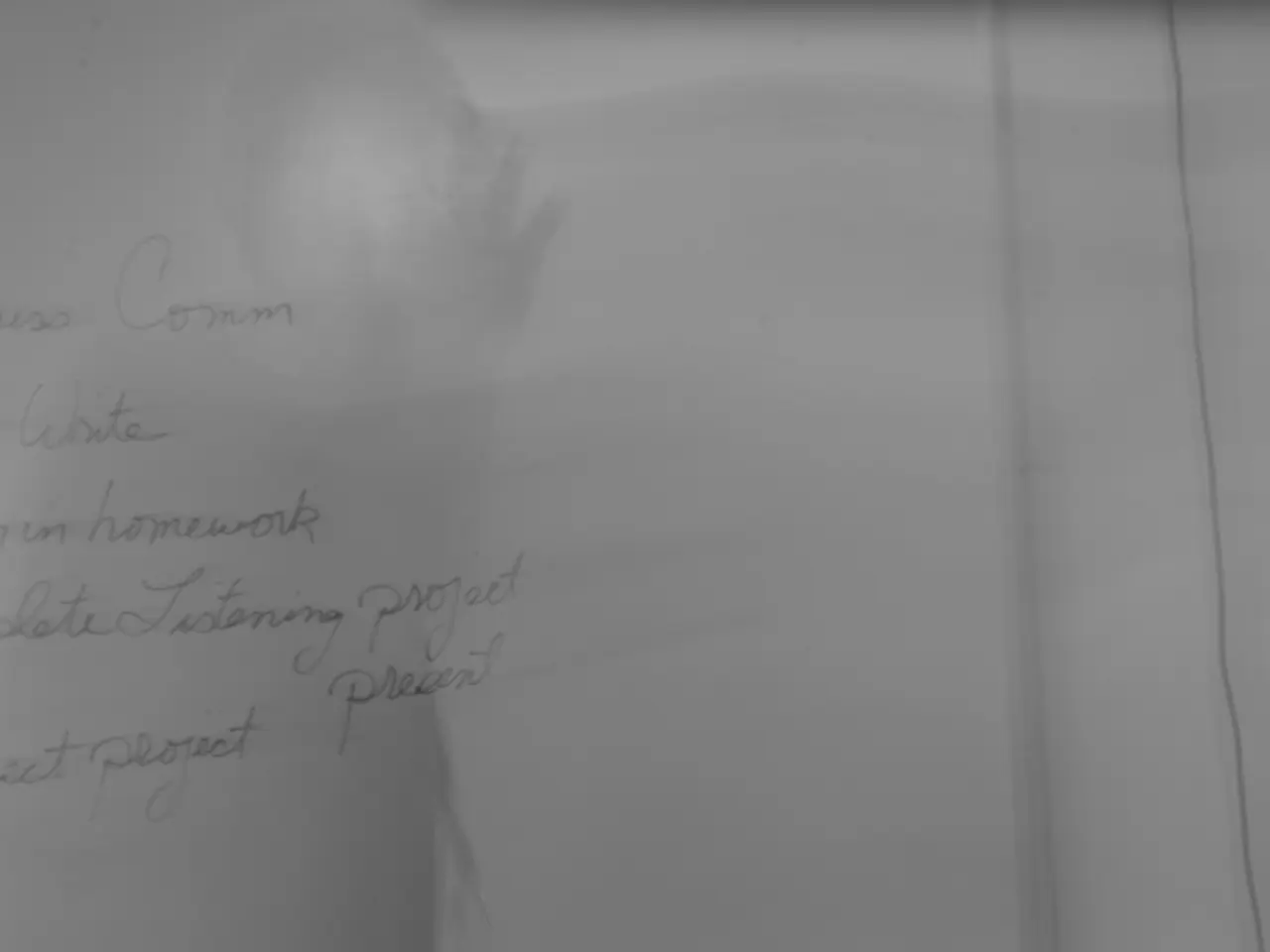Hesitant approach to savings could cost savers an additional £624 in interest: Savers advised to act promptly to increase earnings immediately
In the ever-changing landscape of UK savings, a recent analysis indicates that savings rates peaked mid-2023 and are expected to decline for the remainder of the year. This downward trend is primarily due to anticipated Bank of England rate cuts, which typically reduce savings rates.
According to the Bank of England's latest announcement, the base interest rate remains at 4.25%, but economists predict at least one or more cuts within the year. This potential decrease in the base rate could put pressure on savings rates, making it crucial for savers to act promptly.
Delaying the switch to a new savings account or locking in rates could mean missing out on higher returns, potentially losing several percentage points of interest annually. For instance, one-year fixed-rate accounts, which were recently available around 4.38%, may drop soon after opening.
Fixing a savings account now at the best possible rate, such as a one-year bond offering around 4.5%, can help protect against falling rates. This proactive approach, suggested by financial experts like Sarah Coles, head of personal finance at Hargreaves Lansdown, could potentially save savers £624 in lost interest.
The current best easy-access account stands at 5%, offered by the Chase Saver With Boosted Rate, while the best one-year fixed deal is currently 4.55% with Cynergy Bank. However, it's worth noting that the five largest banks in the UK are paying less than 1.5% on their most flexible easy-access savings accounts, while the market average is 2.74%.
Chancellor Rachel Reeves has expressed a desire to reform ISAs to encourage more people to invest and boost the UK economy. In the meantime, savers must be prepared to transfer their cash to secure the best deals, a sentiment echoed by Rachel Springall, a financial analyst.
Despite the potential benefits of fixing rates, more than half of people do not expect to switch their savings in the next 12 months. This inertia could lead to lost opportunities for higher returns, especially considering that some savings rates have edged up while others have fallen.
In conclusion, the current savings rate environment suggests that it may be advantageous for savers to lock in current rates, especially given the potential for further rate cuts. By monitoring offers closely and acting promptly, savers can maximise their returns in this changing rate environment.
- In light of the Bank of England's predicted rate cuts and the subsequent decline in savings rates, it's essential for personal finance to fortify savings by locking in high interest rates promptly.
- As savings rates are expected to drop due to upcoming tariffs (Bank of England rate cuts), savvy savers may want to consider fixing a savings account now to avoid losing several percentage points of interest annually.
- With anticipated rate cuts and the trend of declining savings rates, it becomes increasingly important for individuals to transfer their savings to secure the best deals in the current personal-finance landscape, as suggested by financial experts like Sarah Coles and Rachel Springall.




